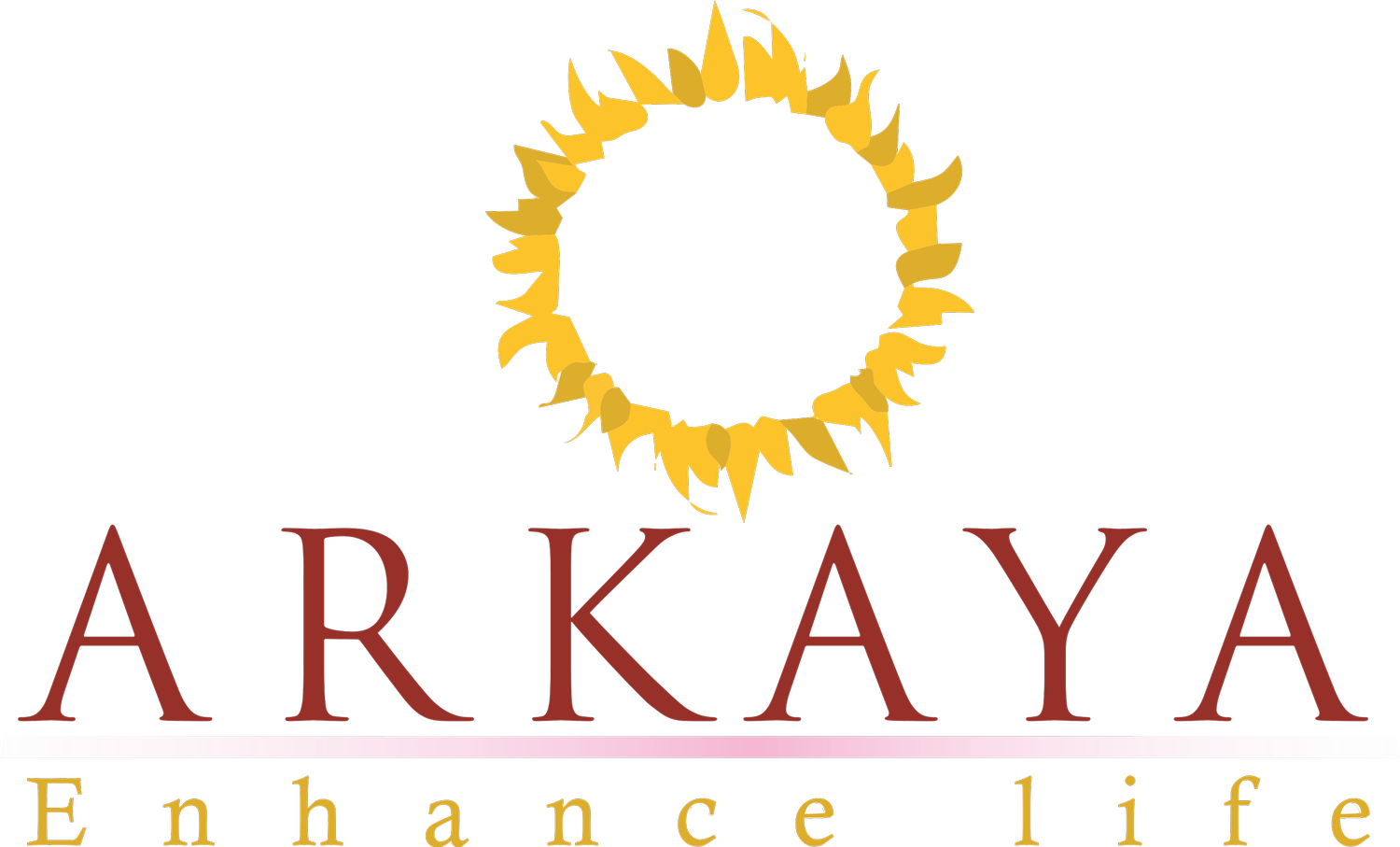The vajrasana helps one to stay focused
SIMPLE APPROACH
A jathi is practised
in tune with your internal rhythm
The Vajra is a diamond or a thunderbolt. Just as the thunderbolt is focused and powerful, the vajrasana hones these qualities. In Indian mythology, the thunderbolt is Lord Indira’s weapon.The quality of sharpness is also cultivated by sitting in the vajrasana. The diamond is known for its shine and sharpness. It is one of the strongest materials known to man. Changes in pressure and other conditions over millions of years transform carbon into diamond. The vajrasana also applies pressure on the ankles. However, in the beginning, one must be careful not to push one’s body too far.
This pressure transforms the darkness into brilliance. The nerves are strengthened. The word `diamond’ comes from the Greek word `adamas’, which means indestructible. Diamond is composed only of carbon and, apart from graphite, is the only gem to be composed of a single element. This posture is also called the adamantine posture due to this single minded quality of the stone.
The far-sightedness of the rishis can be seen in the appropriate names they have picked for the postures. The vajrasana is the best asana for pranayama, as it elevates the lungs and facilitates their expansion. It helps in curing varicose veins. It improves circulation to the lower back, buttocks, thighs, knees, calf muscles, heels and the ankles. The vajrasana is extremely useful for digestive disturbances. This is one asana that can be performed even after a meal.
The vajra nadi is the sciatic nerve. This is the longest single nerve in the body. It starts from the lower back and goes all the way down to the feet. Practising the vajrasana alleviates sciatica, a painful condition caused by the pinching of the sciatic nerve due to compression of the vertebrae or misaligned discs. I meet a lot of people with sciatica these days and it can be attributed to over work and lack of conscious body activity. It becomes extremely painful to even sit or stand in some cases.
Relaxing and strengthening the lower back muscles will help relieve sciatica. Constant practice of vajrasana helps in lordosis, an exaggerated inward curve of the vertebral column, as well as scoliosis, a lateral curvature of the spine. Potts disease or spondylitis is also corrected.
The technique
Sit on your heels. Check to see if the back, neck and the head are straight. Ideally, the heels are kept together. However if it is too painful, then the heels can be apart. Be aware of your breathing in this posture. If the ankles hurt, then slip to the right side, sitting on the ground beside. Then sit back in vajrasana. Then take rest sitting on the left side. Stretch out the feet and practice the jathi that you saw in the previous article. Shake the feet and thump your thighs to the ground. Then come back to the vajrasana.
Start with 30 seconds in the posture or less and then increase the length of time.
- MAITREYI
